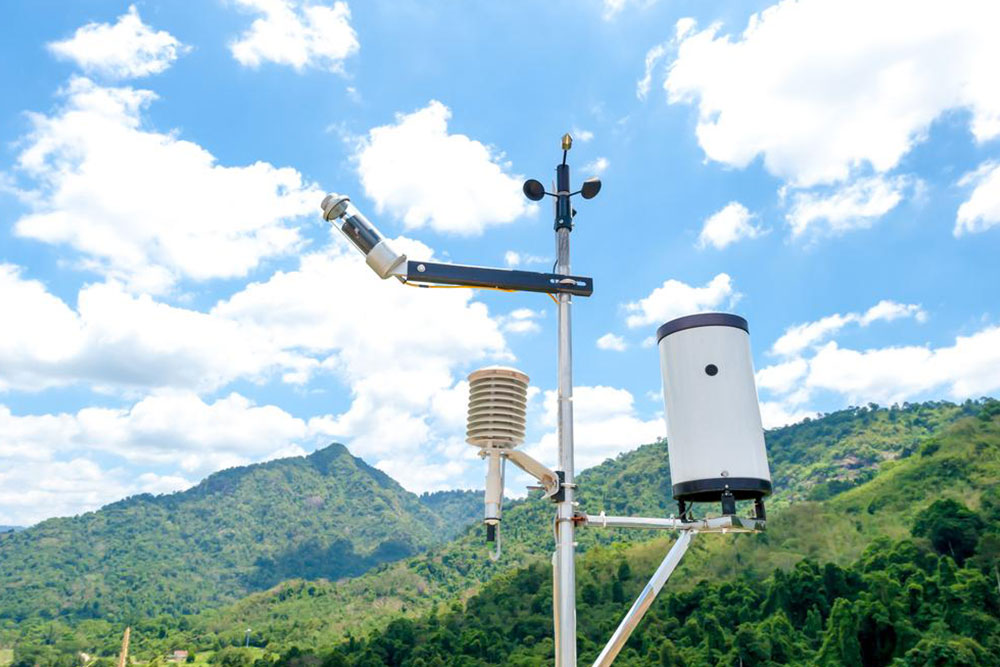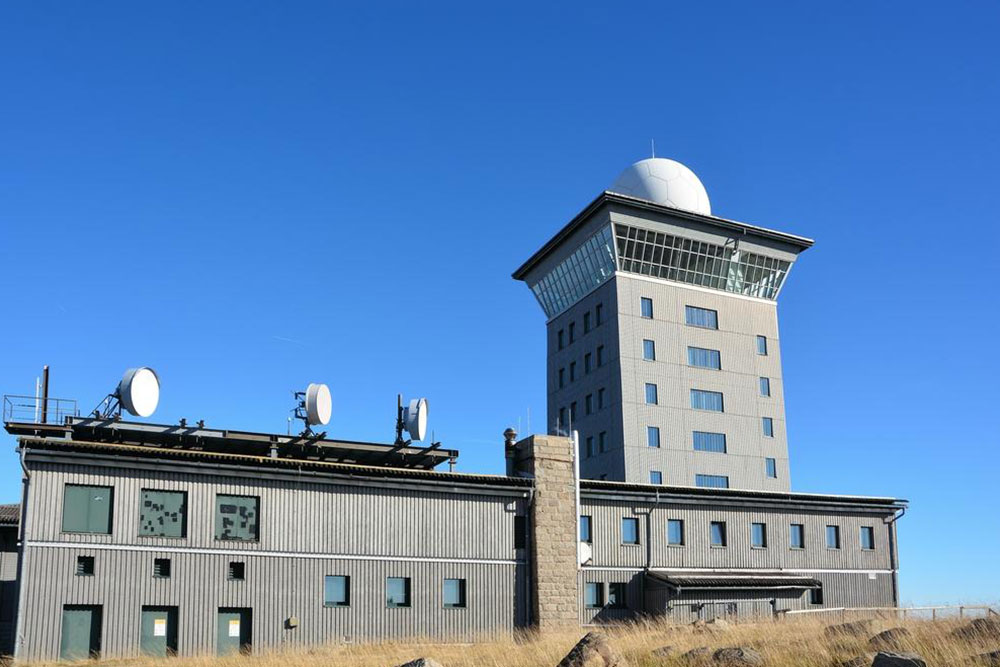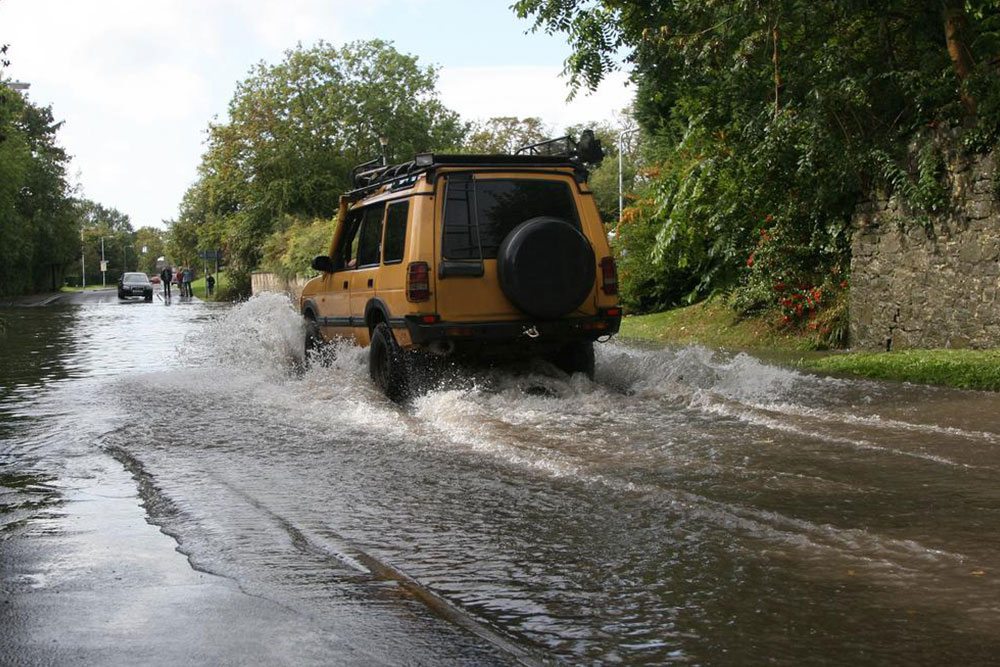Understanding Weather Monitoring Stations: Types and Functions
This article explores the various types of weather stations, their functions, and the instruments they employ to monitor atmospheric conditions. It highlights how land and sea-based stations, including ships, buoys, and personal setups, collect crucial data for weather forecasting. Understanding these stations is essential for accurate climate monitoring and forecasting efforts.
Sponsored

Weather stations are specialized facilities that observe and record atmospheric and climate conditions across different regions. These stations can be situated on land or sea, depending on their monitoring requirements. Marine weather stations utilize ships and buoys to gather data like sea surface temperature, wind speeds, and atmospheric pressure, contributing to accurate weather predictions over the oceans.
Equipped with a variety of sensors such as hygrometers, barometers, and anemometers, weather stations collect vital data including humidity, air pressure, wind, and temperature. Larger stations might also measure cloud height, visibility, and precipitation using advanced instruments like ceilometers and rain gauges.
In snowy regions, ultrasonic sensors determine ice thickness, while pyranometers assess solar radiation levels. Proper placement, like sheltering sensitive sensors from direct sunlight or wind, ensures data accuracy. Different types of weather stations include dedicated ships, ocean buoys, and personal stations operated by individuals or organizations, each serving unique monitoring needs.





